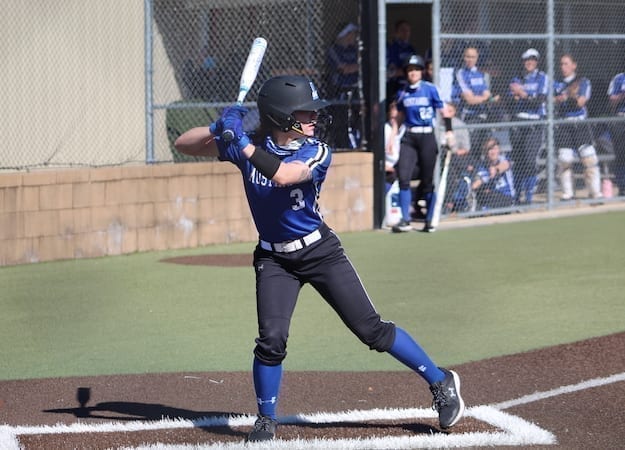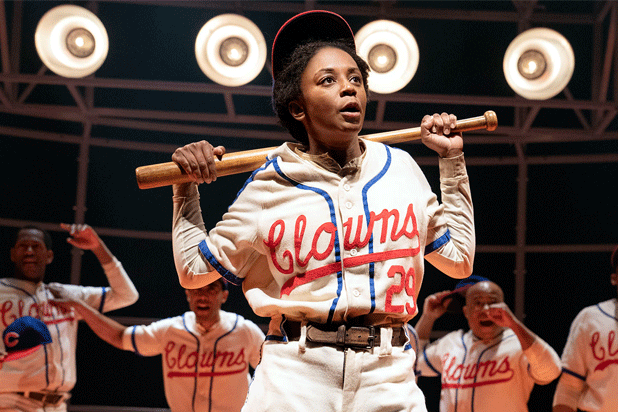- Softball Stereotype How I Met Your Mother Name
- Softball Stereotype How I Met Your Mother Crossword Puzzle
- Softball Stereotype How I Met Your Mother Images
- Softball Stereotype How I Met Your Motherboard
- Softball Stereotype How I Met Your Mother Cast
- This weekend I watched Intervention, the fourth episode of the fourth season of How I Met Your Mother and immediately noticed two stereotypes. To begin, the show is.
- Gender Stereotypes In Popular Media 1301 Words 6 Pages “I am Mr Charity. I frequently sleep with sixes, chubsters and over 30's. I am the Bill and Melinda Gates of.
- Friends and How I Met Your Mother boast an abundance of memorable characters, but the two that stand out the most appear to have fallen from the same tree - Joey Tribbiani and Barney Stinson just.
- 5 How I Met Your Mother How I Met Your Mother is an American sitcom that originally aired on CBS from September 19, 2005, to March 31, 2014. The series follows the main character, Ted Mosby, and his group of friends in Manhattan.
Thus far in lecture we have discussed entertainment, gender socialization and body image. To demonstrate my understanding and negotiation with the topics, I will attempt to connect the materials to an example of popular entertainment. Recently, I started watching the show How I Met Your Mother. The acting is poor, but the comedy is quality. I find it relevant to GNDS 125 as it presents several instances of challenging and propagating gender stereotypes. It is a prime example of a relevant form of entertainment which presents the lives of men and women and examines relationships in-depth. The show at times challenges or propagates gender norms, thus providing a clear demonstration of the media’s role in gender socialization. In order to best describe this, and thus the link to the course, I will deconstruct and challenge the characteristics of each of the five main characters individually.
Barney Stinson provides a lot of comedy while he is on his constant quest for women to sleep with. He fits into modern body image culture, presumably in a similar manner that other people do, due to glamourized images of beauty in the media. He is obsessed with wearing suits and always looking polished, and feels inadequate when he is not formally dressed. One of his “manly” attributes is the fact that he is wealth-driven, and thus constantly seeks power and relevance in his workplace. His hyper-sexuality is also a source of entertainment for the audience. His sexuality most likely stems from his “mommy issues,” and from a desire to share his perceived sexual attributes with the women of New York City. Several episodes make note of the fact that the number of women he has slept with is well over 200. With this character profile in mind, it is interesting to note how his sexual exploits are deemed to be comedic, whereas a woman who admittedly had slept with over 200 people would be shamed.
One would assume that the character of the adult who has no desire for marriage or children could only be played by a man. This is how Robin Scherbatsky fits in. She expresses that she does not want to be a mother or get married, which is usually a trait that is unnatural for women, nevermind existent in pop culture. She is career-driven, and is constantly in debate over her career and finding love. Overall, these appear to be ‘masculine’ approaches to commitment and a family. Her debate of career or love is comparable to the modern woman’s struggle with balancing work life and home life. She is engaged to be married at several points of the show, so she does eventually fit the mould to a certain extent.

Marshall Eriksen also challenges and perpetuates gender socialization. Despite his husky appearance, he is not afraid to show his emotions, which is a source of comedy. His masculine role materializes as his role as the breadwinner. While his wife is a kindergarten teacher with an expensive shopping habit, he gives up his dream of becoming an environmental lawyer in order take a job with a higher income to support her and his future children.
Marshall’s wife, Lily Aldrin, has a shopping addiction, a common stereotype associated with women. She also takes on the role of the protector, being a kindergarten teacher. Interestingly, she is, however, sexually empowered, as her and Marshall have a healthy sex life that revolves around mutual enjoyment. She also makes several suggestions towards a sexual attraction to Robin, which is quite progressive.
The final main character is Ted Mosby. He is seen as the hopeless romantic, with wimpy emotions, which Barney takes upon himself to try to rectify. He is on a constant quest for “the one,” and his approach to dating is similar to that of the stereotypical approach that a woman takes, such as the desire to commit, have children and get married.
As I have described, it is possible to be critical of the show’s characters to describe the ways in which gender socialization plays a role in entertainment. I have watched the characters grow, as the times have changed (it spans from 2005-2012), during which much progress has been made socially. Hopefully comedy can continue to challenge gender norms, as it is a method of entertainment that is provocative and engaging.
Softball Stereotype How I Met Your Mother Name


New research documents the stereotypes that moms both face and apply to others.
We all played baseball/softball. Essay on Gender Stereotypes in T.V. Show How I Met Your Mother 1421 Words 6 Pages. My chosen scene is from a popular.
“It’s not unusual for moms to have low self-esteem or feel they’re not living up to the standards of what it means to be a mom,” says Kelly Odenweller, lead author and assistant teaching professor of communication studies at Iowa State University.
“If other moms treat them poorly, even when they’re trying to do a good job, they may feel they can’t turn to other people in their community for support. It can be very isolating and all that self-doubt can lead to anxiety and depression, which can negatively affect the entire family.”
Mom stereotypes
Softball Stereotype How I Met Your Mother Crossword Puzzle
The study builds on previous research, in which Odenweller identified seven different mom stereotypes of both those who stay at home and those who work.
The following stereotypes apply to both stay-at-home and working mothers, with the exception of lazy, which applies only to stay-at-home mothers:
- Overworked: Wants to do it all, but is overextended and it shows
- Home, family-oriented: Prioritizes children, partner’s needs, and responsibilities at home
- Ideal: Juggling several responsibilities, but gets it done and doesn’t appear stressed
- Hardworking, balanced: Not an ideal mom, but ambitious, dedicated
- Non-traditional: Modern, liberal progressive—makes choices that are good for herself and family, whether at home or work
- Traditional: Embodies the roles expected of a woman, believes her main purpose is to raise children and maintain the household
- Lazy: Not nurturing, attentive, or hardworking
Odenweller and colleagues surveyed more than 500 mothers to learn more about their attitudes, emotions, and even harmful behaviors toward mothers who fit one of the seven stereotypes.
According to the results, ideal and lazy mothers drew the most contempt from both working and stay-at-home mothers. The overworked stay-at-home mom also was near the top of the list. Odenweller says survey participants expressed negative feelings and admitted they would treat a lazy or ideal mother poorly, by excluding her, arguing with, or verbally attacking her.
The results, which appear in the Journal of Family Communication, are concerning to Odenweller. She says support networks are critical and negative experiences with other mothers may be detrimental to a mother’s overall well-being.
Not all of the responses were negative. All mothers felt pity for overworked working mothers and were more willing to offer them help. Working mothers did express admiration for ideal moms who appear to have it all together. Odenweller says this response only came from working mothers and she suspects they see these ideal moms as a champion for their cause.
“Working moms juggle a lot and want more support for all mothers with careers. For them, it may be more of a social statement that women can be great at their careers and being moms,” Odenweller says.
The positive and negative responses varied depending on how mothers categorized themselves and the stereotypes they applied to other mothers. Odenweller says this was one of the more interesting findings because the way a mother treated another was based on her own perception of the other mother. For example, a working mom may feel envy or contempt toward an ideal, stay-at-home mom, but that mom may see herself differently.
“In some cases,” she says, “these are mothers who embody what our culture believes is a good mom and yet among mothers, they are treating each other very negatively.”
Odenweller says many of the stereotypes have developed from societal ideals applied to mothers. TV, movies, and other types of media perpetuate these standards of what makes a good mom. This all adds to the pressures on mothers.
Softball Stereotype How I Met Your Mother Images
While mothers cannot control the judgments coming their way, they can control the impression they make on other mothers. Odenweller says one way to do that is to establish common ground and shared interests. When you first meet another mother, it may be tempting to boast about the things you do for your kids or share pictures, but Odenweller recommends avoiding that temptation until you’ve built a relationship.
Softball Stereotype How I Met Your Motherboard
“Mothers should think of other mothers as an ally, not someone to compare themselves to,” she says. “Try to avoid coming across like the best mom. Talk about things you have in common, things you both enjoy as mothers, and do not feel like it’s necessary to be better than her.”
Softball Stereotype How I Met Your Mother Cast

Coauthors are from West Virginia University and Chapman University.
Source: Iowa State University